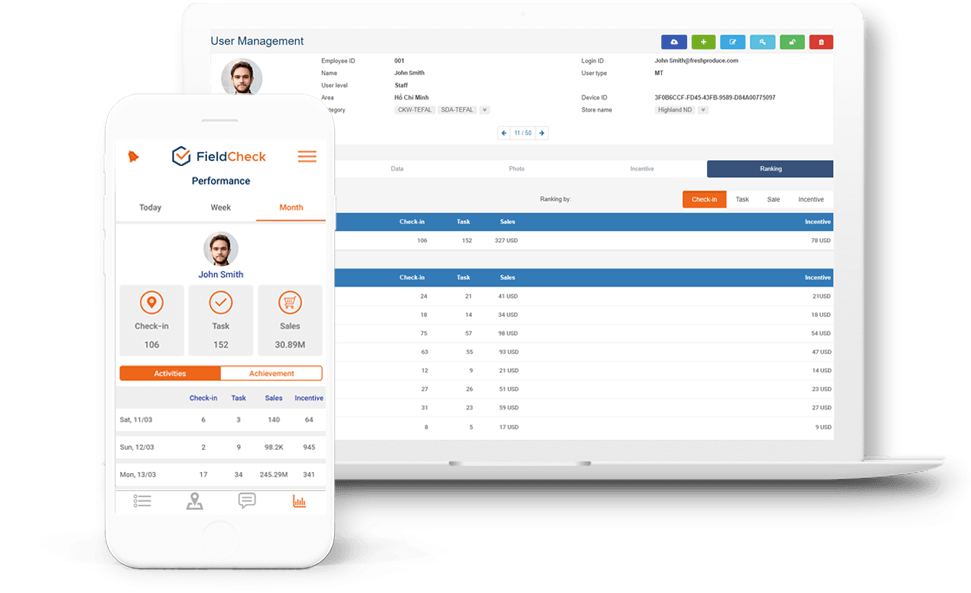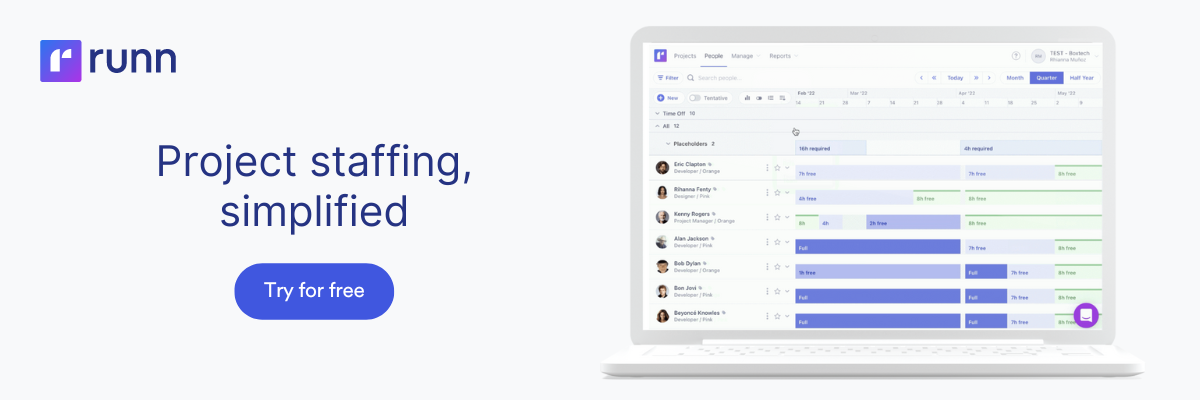Discover Reliable Staffing Management Software for Your Organization
Discover Reliable Staffing Management Software for Your Organization
Blog Article
Letting Loose the Power of Information: Enhancing HR Techniques With Cutting-Edge Staffing Monitoring Software Program
By using the power of data analytics, companies can not only improve their recruitment strategies however additionally maximize worker retention and efficiency. The harmony between data-driven insights and progressed modern technology offers an engaging possibility for HR specialists to reinvent their approach in the direction of skill monitoring.
Relevance of Data-Driven HR Methods
Why have data-driven human resources techniques become important in modern organization procedures? In today's competitive and fast-paced organization atmosphere, organizations are significantly depending on data-driven understandings to make informed decisions. Data-driven HR strategies make it possible for companies to enhance their workforce management, employment processes, and staff member involvement initiatives. By evaluating information connected to employee efficiency, turnover rates, and skill voids, HR departments can identify fads, predict future demands, and create positive solutions to address challenges.
Data-driven human resources methods likewise play a critical duty in boosting staff member fulfillment and retention. With the evaluation of worker feedback, performance reviews, and training end results, human resources professionals can customize individual development strategies, recognize high-potential staff members, and cultivate a society of continuous understanding and development within the organization. Data-driven understandings enable HR teams to align their approaches with the overall business objectives, making sure that talent management initiatives directly add to business success.
Advantages of Staffing Monitoring Software Program
Making use of staffing management software application improves the recruitment and onboarding procedures for human resources divisions, improving effectiveness and precision in skill acquisition. One substantial advantage of this software application is the capacity to systematize candidate information, making it quickly accessible for recruitment teams. By having all applicant information in one area, human resources experts can efficiently track prospect progress, interact properly with possible hires, and ensure a seamless employment experience.
Furthermore, staffing management software program frequently includes functions such as return to analyzing and keyword matching, which aid in rapidly recognizing leading prospects that match the task needs. This automation decreases the moment invested on manual resume evaluating, enabling human resources personnel to concentrate on more strategic jobs. staffing management software. In addition, these systems can integrate with task boards and social networks platforms, expanding the reach of work posts and attracting a diverse swimming pool of prospects
Moreover, analytics and reporting devices within staffing monitoring software application give useful understandings right into employment metrics, such as time-to-fill and cost-per-hire. This data-driven method enables human resources teams to make informed choices, enhance employment strategies, and boost general hiring procedures. By leveraging these advantages, organizations can enhance their ability purchase efforts, improve candidate experience, and ultimately develop a solid labor force.
Enhancing Recruitment Processes With Data
Using data-driven techniques in employment processes has ended up being increasingly important for organizations seeking to enhance their talent acquisition results. By leveraging data, business can make more educated decisions throughout the recruitment lifecycle, ultimately causing far better hires and boosted retention rates. One crucial way data enhances recruitment procedures is by optimizing task posts based upon insights from previous effective hires. Evaluating metrics such as the source of leading skill, time to fill up positions, and candidate high quality can help employers tailor task descriptions to attract the right candidates effectively.
In addition, data analytics can improve the testing and choice procedure by recognizing patterns in candidate qualifications and efficiency indications. This enables recruiters to concentrate their efforts on prospects who are probably to do well in the role, conserving time and resources. Furthermore, data-driven employment techniques can help in reducing bias in the working with procedure by supplying objective insights right into prospect qualifications and potential fit within the organization. In general, incorporating data into employment procedures empowers companies to make smarter employing choices and develop high-performing groups.
Improving Staff Member Retention Through Innovation

One way technology can improve staff member retention is through the usage of staff member engagement platforms. These systems enable for real-time comments, recognition, and communication in between employees and monitoring, fostering a society of recognition and my latest blog post support. Furthermore, technology can allow tailored learning and development programs tailored to private worker needs and career ambitions, boosting task contentment and loyalty.
In addition, data analytics tools can aid companies determine patterns and fads connected to worker turnover, enabling them to take proactive steps to deal with prospective problems before they escalate. In general, by leveraging technology efficiently, companies can create an extra helpful and interesting job environment that encourages staff members to stay and expand within the company.
Making The Most Of Labor Force Performance With Information

With the analysis of data, human resources divisions can recognize patterns and patterns that impact performance levels. By tracking worker job hours and task completion rates, companies can enhance job timetables to make sure that jobs are successfully distributed among group members. Furthermore, data can reveal skill spaces within the labor force, enabling HR to execute targeted training programs that boost worker capabilities and total productivity.
Additionally, data-driven efficiency evaluations enable supervisors to offer details comments and assistance to workers, cultivating a society of continual improvement. Overall, leveraging data to optimize labor force productivity is a tactical strategy that empowers companies to achieve their goals successfully and successfully.
Conclusion
In verdict, utilizing innovative staffing administration software application can considerably enhance HR strategies by leveraging the power of information. By incorporating data-driven employment processes, enhancing worker retention through technology, and making best use of workforce efficiency, organizations can enhance their operations, make more educated decisions, and eventually accomplish higher success in handling their human resources. Welcoming these technical advancements is vital in the ever-evolving landscape of personnel management.
Data-driven Human resources approaches allow business Web Site to maximize their labor force administration, employment procedures, and employee interaction initiatives. By analyzing information related to worker efficiency, turn over rates, and skill gaps, HR departments can determine fads, anticipate future requirements, and establish aggressive solutions to deal with challenges.

Report this page